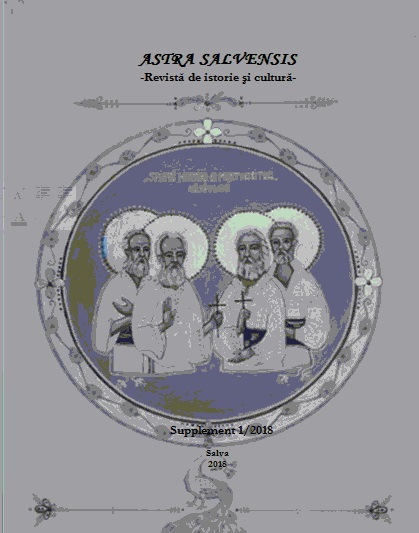Tongkonan in Kalimbuang Bori'And its Built Environment in the North Toraja Regency of South Sulawesi, Indonesia
Tongkonan in Kalimbuang Bori'And its Built Environment in the North Toraja Regency of South Sulawesi, Indonesia
Author(s): Mithen Lullulangi, Onesimus SampebuaSubject(s): Geography, Regional studies
Published by: Asociaţiunea Transilvană pentru Literatura Română şi Cultura Poporului Român - ASTRA
Keywords: Tongkonan; Build; Environment in Kalimbuang Bori';
Summary/Abstract: This study aims to determine the function of the Toraja Traditional House (Tongkonan) and its built environment, which is a unique environmental product of architecture in Kalimbuang Bori' Tana Toraja Indonesia. The type of research is qualitative research. Data collection is done by observation, interviews, and documentation. The research variables consist of: the function of the Traditional House (Tongkonan), and its built environment, consisting of: 1) granary (Alang), 2) home page (Luba’ba), 3) forests (Kombong), 4) rice fields (Uma ), 5) place of funeral ceremony (Rante), and 6) gravestone (Liang Paa’). Data analysis technique used is descriptive qualitative analysis, that is analyzing each variable descriptively, consisting of flow of activity, that is data selection, data presentation, analysis of interpretation, and conclusion. The results show that: in general, the main function of the traditional house (Tongkonan) and its built environment is as a container of human activities supporting Toraja culture, consisting of Rambu Soloq that is the customary ceremony associated with death, and Rambu Tukaq or all things consisting of good lifestyle as well ceremonies related to daily life. Specifically, the function of each of the built environment has the following functions: 1) Alang serves as a storage place of rice and ceremonial place, 2) Pangrampak or Luba’ba serves as a place of traditional ceremonies, 3) Kombong serves as a forest reserve of structural materials, gardens, and nature conservation, 4) Uma serves as a producer of rice for daily food needs, 5) Rante serves as a special function for the funeral ceremony Rambu Soloq, and 6) Liang Paa’ serves as a grave or as a preserved corpse.
Journal: Astra Salvensis - revista de istorie si cultura
- Issue Year: VI/2018
- Issue No: Sup. 1
- Page Range: 259-268
- Page Count: 10
- Language: English

